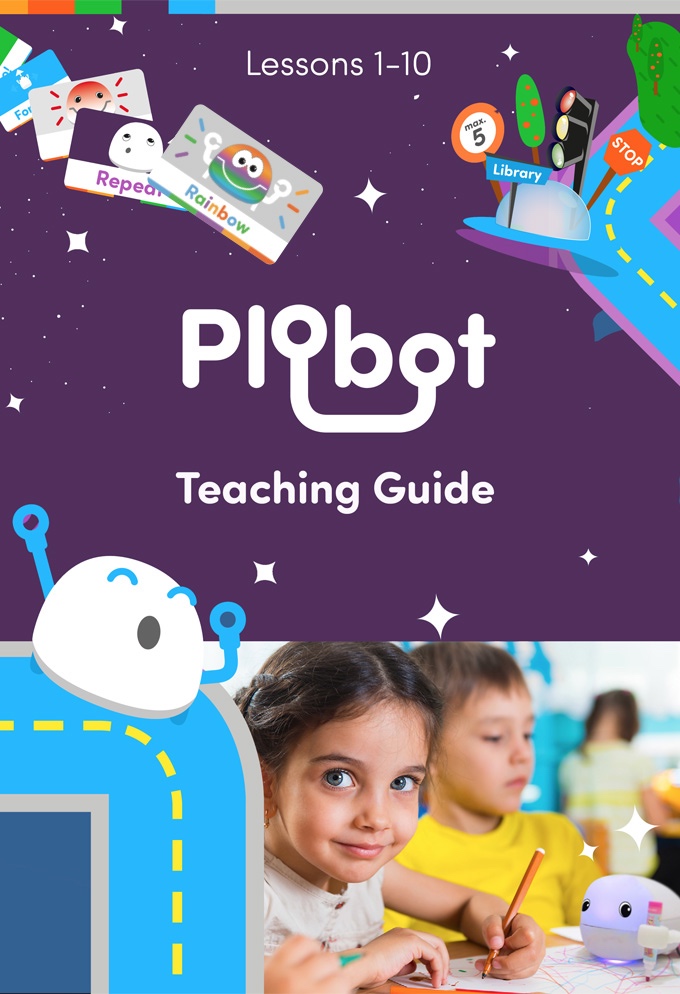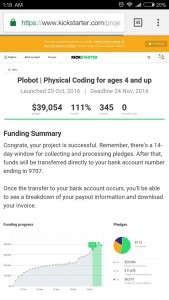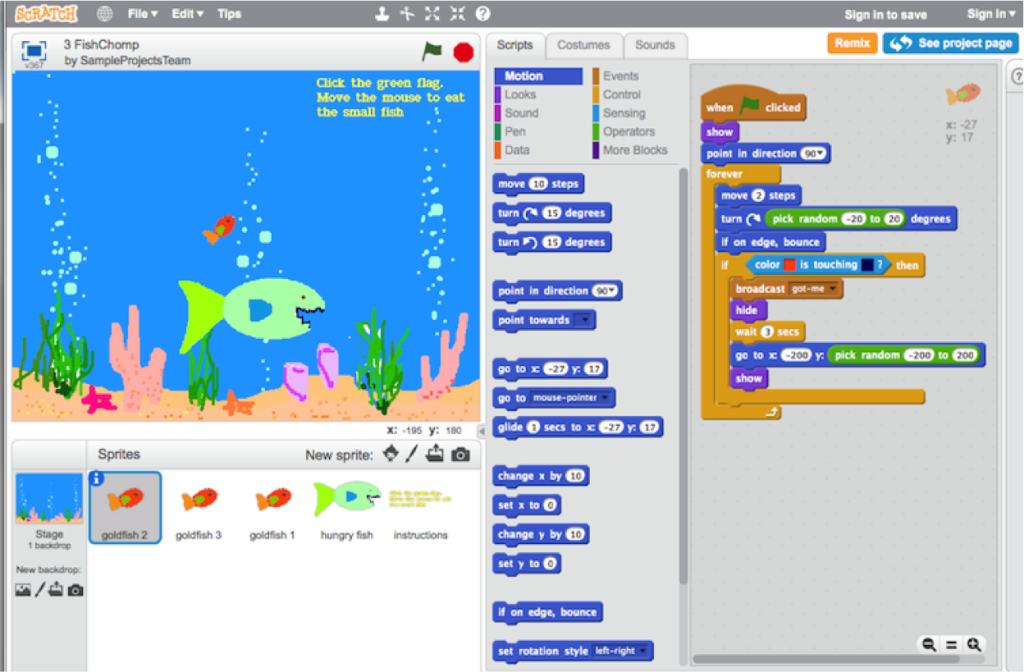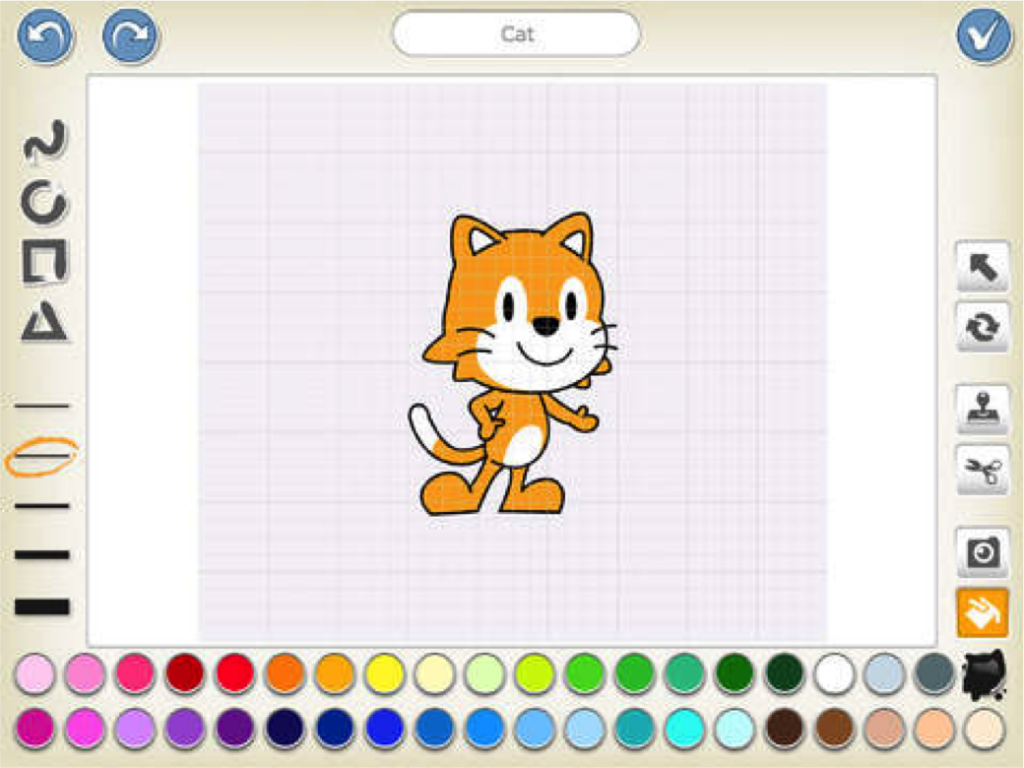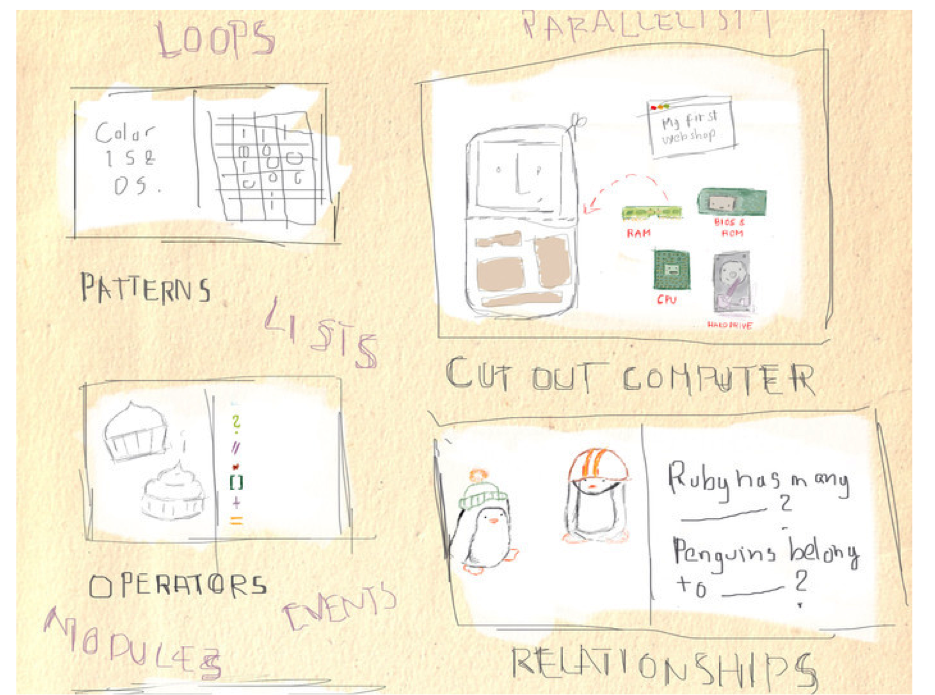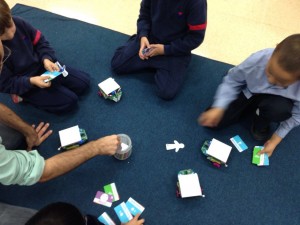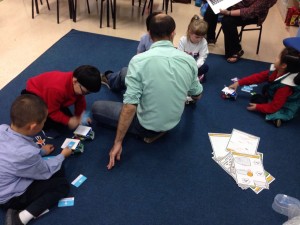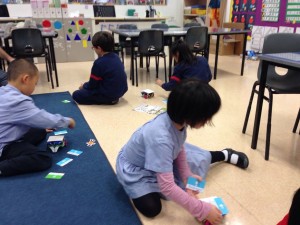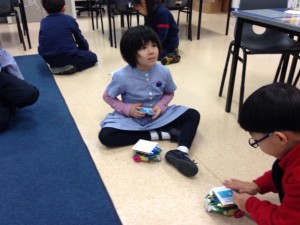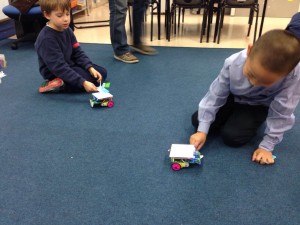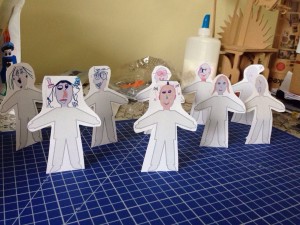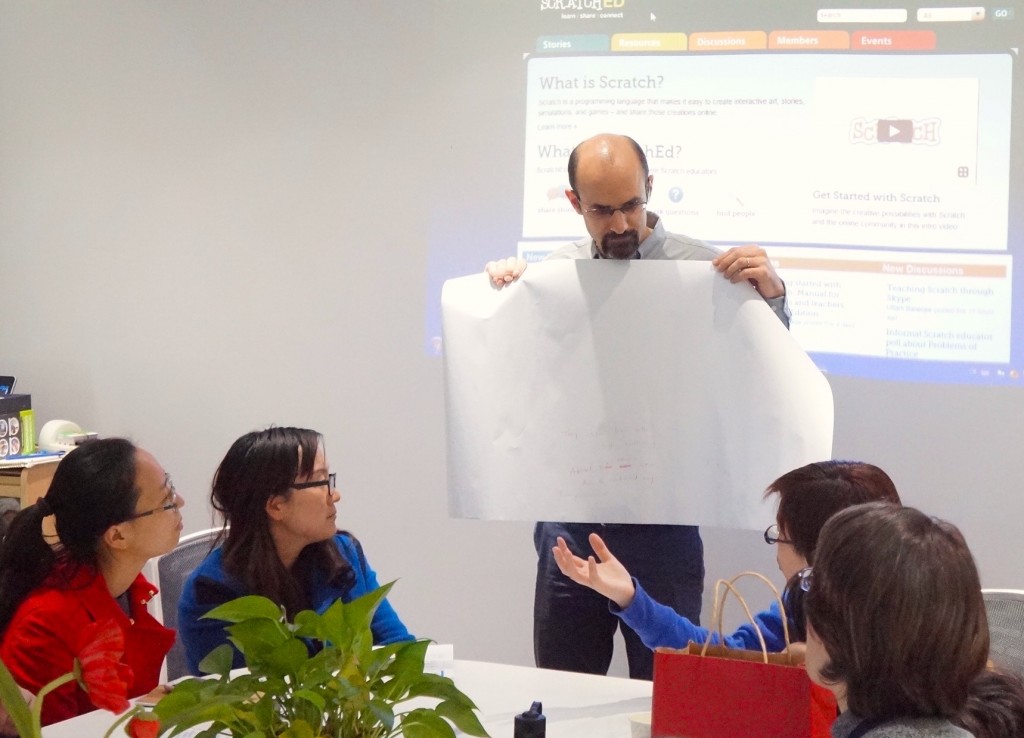
“If I introduce technology to the classroom, I’m afraid that it could just be a distraction.”
“Why do we need technology in the classroom in the first place?”
“Teaching tech skills is important, but I’m not sure how to approach young learners.”
These were just some of the concerns from teachers who attended the “Educational technology for Children” workshop at the International Schools Conference last week. We all know that proficiency in tech is no longer negotiable and that computer literacy is now as important as math or reading.
The question is how to do it effectively.
Most teachers are afraid that technology diverts the attention of kids. It’s challenging enough to sustain a six year-old’s attention in a traditional classroom environment, what more if they have screens and projectors to play with?
Open to learn, free to play
What we’ve learned from our experience in running after-school classes for international schools is that physical learning tools like robots and building blocks can deliver the best of both worlds, giving students more freedom while at the same time building a stronger connection with the teacher.
Instead of hiding behind a screen, a student is fully engaged and open to learn, with the physical learning tool opening up the kid to the teacher’s discussions and the activities of the other kids.
The teacher can then act more as a facilitator, providing the kids with general directions and hands-on guidance when they need it.
Teachers we talk to are often surprised at what the kids come up with at the end of a class, given that they’re learning at their own pace in their own way.
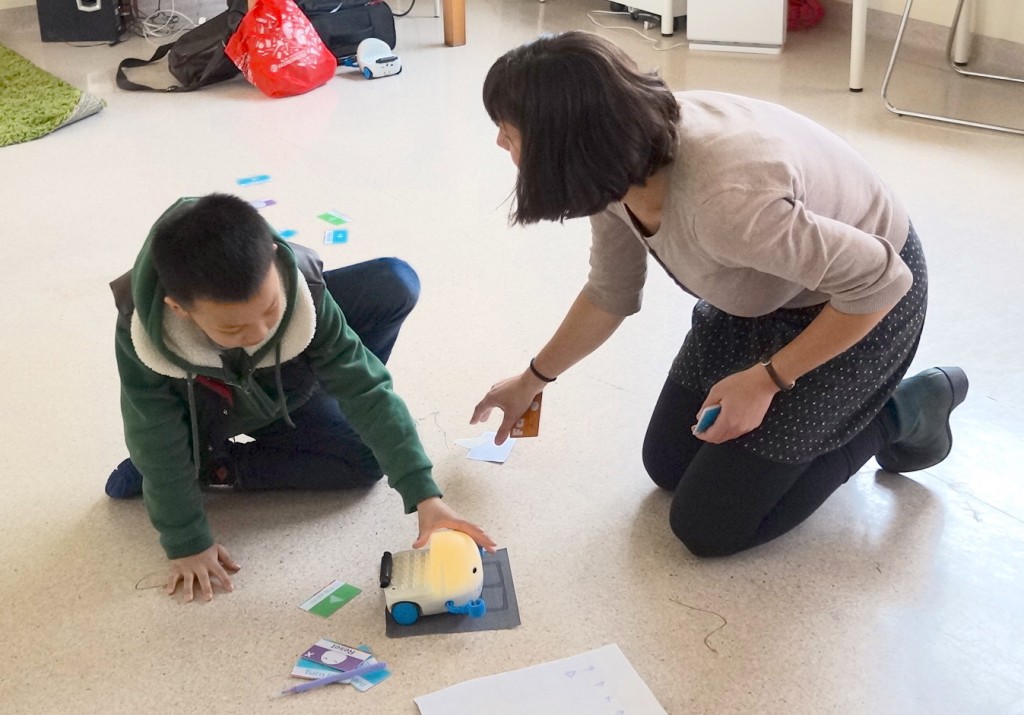
Principles, not mechanics
During the workshop, one teacher raised a very important point. By the time the kids are working-age, all the tools they learn now will have long been obsolete. How does technological education stay relevant?
Another teacher responded that we have to go beyond the mechanics and teach students the principles, the logic, and the way to think. It’s not about the exact syntax of a code, but rather the way learners sequence steps to solve problems.
With this broader scope, teachers find that there are more fitting tools at their disposal to enhance kids’ logical thinking and problem solving skills.
Technological education and coding literacy has a huge impact on math, logic, and even visual-spatial skills. By introducing malleable minds to these skills through the means of technology, children will be better prepared to tackle future problems in their chosen field of interest.
Want to learn more about our teaching tools for young learners ? Get an early look here.
